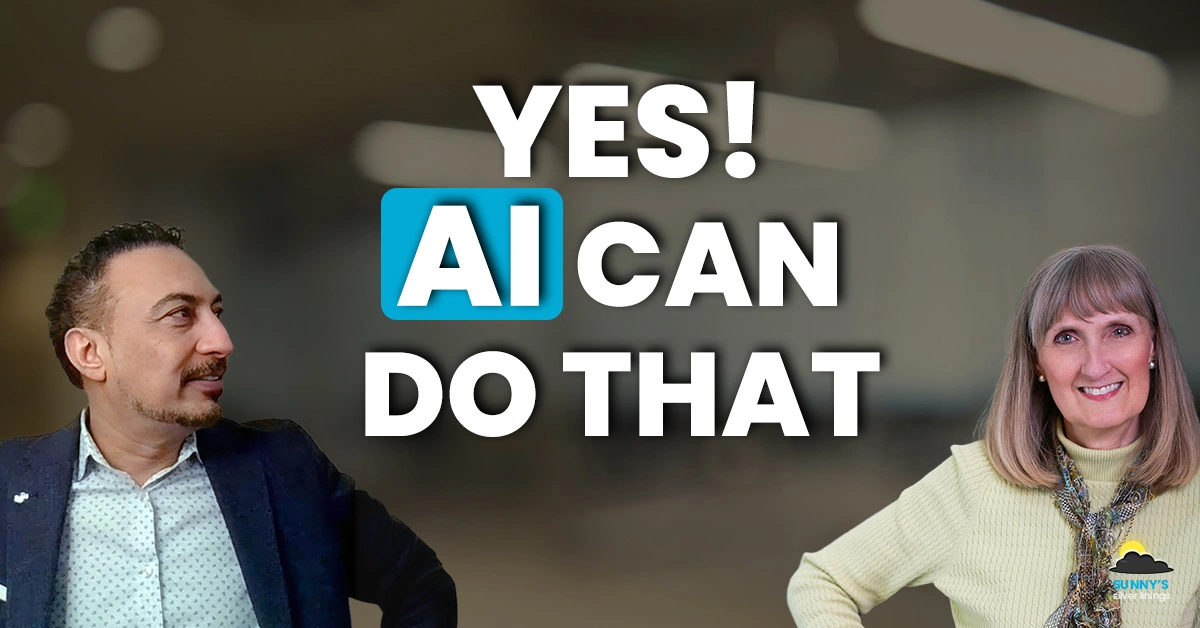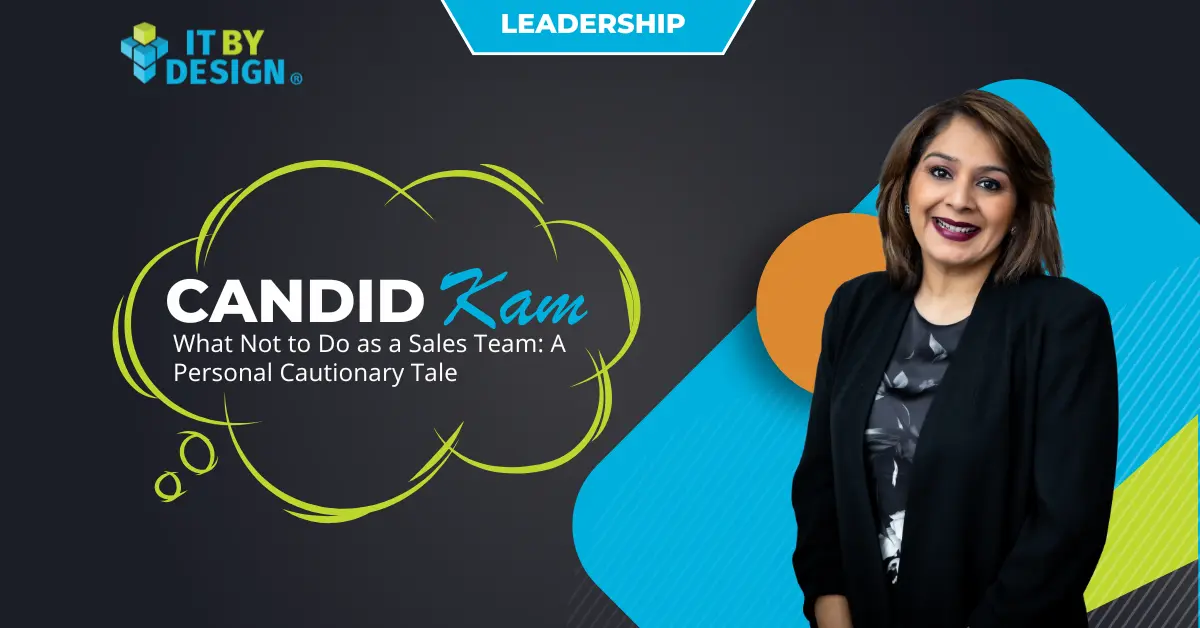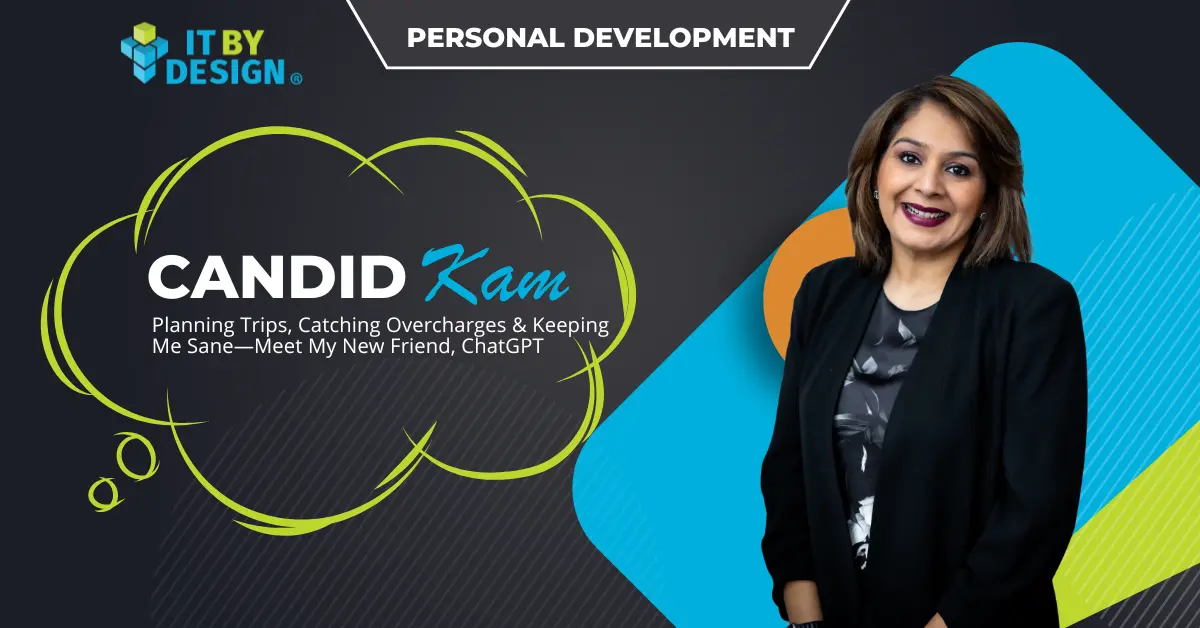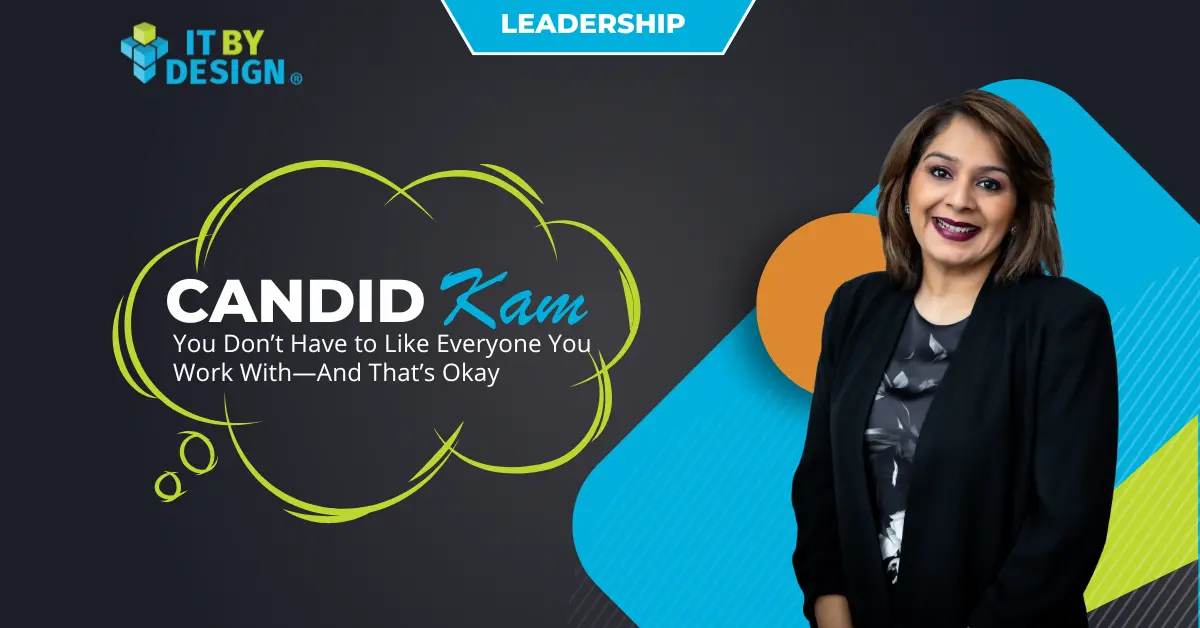What does inclusion mean and what steps can you take to ensure that your organization is inclusive and diverse? Find out in this week’s Teaching Tuesday!
Happy Pride Month, everyone! In June, we celebrate pride month to show support and reinforce inclusion for people of the LGBTQIA+ community. As organizations, this provides us with a reminder to review our employee engagement policies and practices, ensuring that we provide an inclusive environment for not just our LGBTQIA+ team members, but all our team members.
What is inclusion?
The dictionary defines inclusion as ‘the action or state of including people who might otherwise be excluded or marginalized within a group or structure to enable the provision of equal access to opportunities and resources. In more common terms, it’s ensuring everyone has an equal opportunity to thrive and succeed.
In organizations, inclusion directly links to employee engagement. Inclusion exists when all employees feel that they:
- are welcomed at work,
- can be their authentic selves at work,
- and can contribute in a meaningful and deliberate manner.
What does inclusion at work look like?
Research has shown that three critical factors are necessary for inclusion:
- Belonging: Employees share a positive connection to the organization and their peers.
- Equality: Employees perceive the organization as fair, and everyone has an equal chance of succeeding.
- Openness: Employees feel safe to express their thoughts, ideas, and concerns about work.
What policies and procedures can help support inclusion for employees in an organization?
Organizations need to work intentionally and actively to ensure their employees feel included, which takes work at three different levels:
1. At the system/organization level as a whole:
- Build different inclusion training modules into your onboarding process, i.e. unconscious bias training, microaggression training, and psychological safety training.
- Develop and implement policies and procedures to address complaints of discrimination/harassment within the organization.
- Conduct regular reviews of the systemic activities for impact.
2. At the leadership level:
- Review performance evaluation processes for bias. Ensure no biased questions or subjective behaviors exist that would negatively impact someone.
- Provide active sponsorship for people from diverse backgrounds and create professional advancement opportunities for them.
- Commit to educating themselves on diversity, inclusion, and bias by attending training and reading research.
3. At the department and peer level:
- Provide opportunities for connection and peer support between team members.
- Have clearly documented and transparent terms of engagement for the department that prioritize mutual respect between team members.
- Ensure that all team members have the opportunity for their ideas to be implemented, their questions to be answered, and their concerns to be addressed.
Inclusion is important for the success of all team members, not just some. By building an inclusive workplace, you will create a more successful and engaged team, which provides your organization with a competitive advantage.








